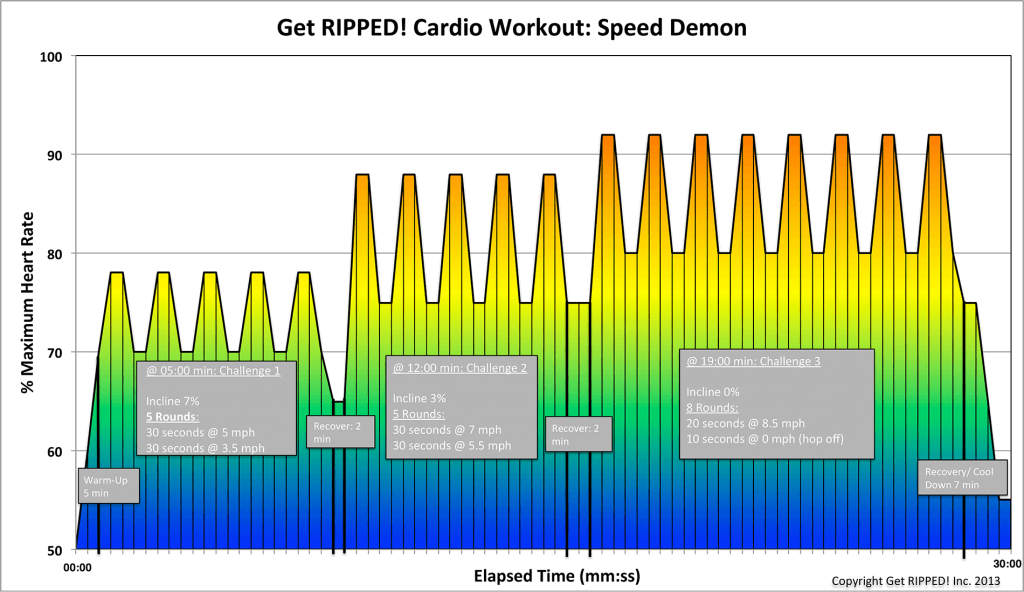Blog
Progesterone and How it has Helped Me
In a previous post I had mentioned that I had been going through symptoms of insomnia and had been told by my family physician that I had entered the early stages of menopause, or perimenopause. For the longest time, paired with my insomnia, I would wake up with high anxiety. It’s not that I had anything to worry about, but I would have so much on my mind that it was causing me to be anxious. I would have such a hard time falling asleep, and would be so exhausted in the morning.
It was becoming such a struggle between the perimenopause, and being diagnosed with estrogen dominance, that it became imperative that I consulted my family physician.
My physician started me on a medication called progesterone. Once a woman passes through her main child-bearing years and enters into perimenopause, she may start having uncomfortable symptoms such as hot flashes, trouble sleeping, and irregular periods. After perimenopause comes menopause when the menstrual cycle stops altogether. There are uncomfortable symptoms that accompany this time of life as well such as vaginal dryness, thinning hair, and insomnia.
Many women opt for hormonal replacement therapies during menopause in order to relieve many of these symptoms. Another reason for starting hormone replacement therapy is after having a hysterectomy. Generally, the hormones prescribed include a combination of estrogen and progestogen.
The reason for combining these two is because the estrogen treatments can cause an abnormal thickening inside the uterus. This thickening can lead to an increased risk of uterine cancer. However, the progesterone counteracts this thickening of the uterine lining, and it decreases the risk of cancer.
Just like any other medication, supplemental progesterone can cause side effects within the body. Here are a few of the most commonly reported side effects:
- Headaches or migraines
- Tenderness or pain in the breasts
- Nausea, vomiting, or diarrhea
- Constipation
- Fatigue
- Pain in the muscles, joints, or bones
- Irritability or mood swings
- Anxiety and depression
- Vaginal discharge
- Difficulty urinating
- Dizziness or feeling faint
- Shortness of breath
- Rapid heartbeat
While many of these side effects are quite rare, it is important that you mention any concerning changes to your doctor right away.
There are numerous reasons why a woman would be on progesterone medication, and there are several ways that progesterone hormone therapy can be delivered to the body. The main ones include by mouth, as a cream on the skin, as a cream that is placed inside the vagina, and an injection.
Oral progesterone is most often used for infertility. For help with symptoms of menopause such as hot flashes, the skin cream may be used. Applying it inside the vagina is typically for combatting breast pain, restoring menstrual periods, for treatment of endometrial hyperplasia, for infertility, and for preventing premature labor. Injected progesterone is for treatments of infertility.
Once I got started on progesterone, my estrogen dominance had lowered and my estrogen had balanced out. If you’re suffering from the symptoms of perimenopause, speak to your doctor to see if progesterone hormone therapy would be right for you. I have been fortunate for having a physician listen to my symptoms and, because of this, I am on the right path of healing and regaining my quality of life.
Medical Disclaimer: This content is not intended to be a substitute for professional medical advice or diagnosis. Always follow the advice of your physician, and never delay seeking medical care because of something you have read on this website.
Source: https://www.hormone.org/hormones-and-health/hormones/progesterone
https://medlineplus.gov/druginfo/meds/a604017.html
https://www.webmd.com/vitamins/ai/ingredientmono-760/progesterone


